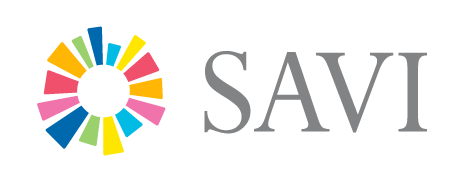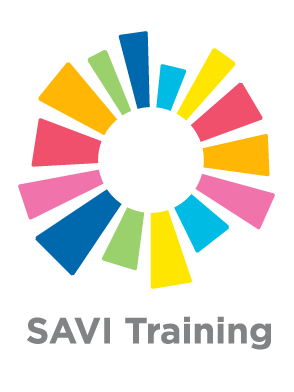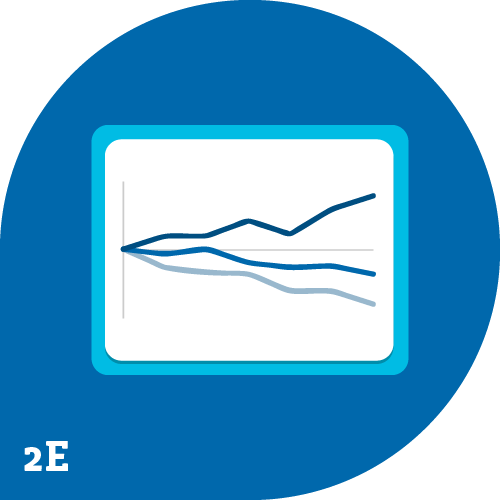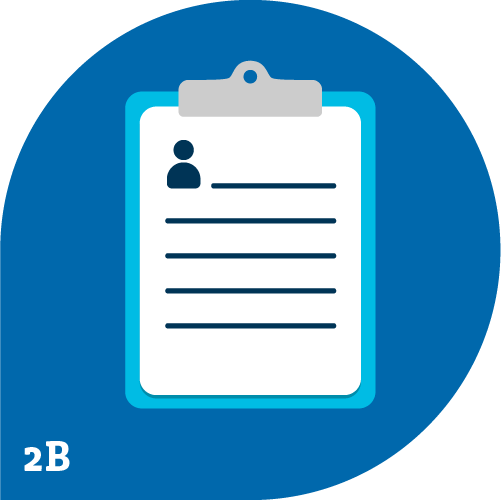SAVI Level 1: How to Use SAVI Website
Polis Center 1200 Waterway Blvd, Indianapolis, IN, United StatesThis is a fast-paced overview of SAVI’s contents and tools. It will describe the data available in SAVI and how to use the search tools in SAVI to find the data you need. It will provide an overview of the Quick Info, Community Profiles, Select Data, Map, Chart, Table, My Communities, My Data, My Projects, and other SAVI tools. This module also explores potential uses of SAVI, including examples of how SAVI is being used by organizations in Central Indiana.
SAVI Level 2: SAVI Advanced
Polis Center 1200 Waterway Blvd, Indianapolis, IN, United StatesSAVI Advanced is a powerful data visualization and analysis tool that allows you to gain a new understanding of the communities and populations you serve. SAVI Advanced allows you to explore and identify patterns and trends to guide your research or decision-making. SAVI Advanced also allows you to create Data Stories. Storytelling with data is an easy way to engage with stakeholders to justify the need for a grant, demonstrate program impact, or share research findings. SAVI allows you to build a narrative around your data, add interactive visualizations you create in SAVI-Advanced, and share YOUR STORY on-line.
SAVI Level 1: How to Use SAVI Website
Polis Center 1200 Waterway Blvd, Indianapolis, IN, United StatesThis is a fast-paced overview of SAVI’s contents and tools. It will describe the data available in SAVI and how to use the search tools in SAVI to find the data you need. It will provide an overview of the Quick Info, Community Profiles, Select Data, Map, Chart, Table, My Communities, My Data, My Projects, and other SAVI tools. This module also explores potential uses of SAVI, including examples of how SAVI is being used by organizations in Central Indiana.
Module 1A: Frame the Problem
Polis Center 1200 Waterway Blvd, Indianapolis, IN, United StatesBefore you can begin using data to inform decisions, identify what you are trying to accomplish and determine how data can help you get there. This will determine what kind of data you need.
Module 2A: Find Existing Data
Polis Center 1200 Waterway Blvd, Indianapolis, IN, United StatesNow that you know what you want to accomplish with data, you can use that as a framework for choosing the right dataset. We cover the strengths, weaknesses, and costs of readily available data sets, including SAVI, so you have the information you need to locate the data that’s right for you.
Module 2E: Avoid Data Pitfalls
Polis Center 1200 Waterway Blvd, Indianapolis, IN, United StatesData is most powerful when you understand its limits. This module will give you the knowledge to think critically about data, making you aware of what can cause noise in data and how to use data effectively despite these limitations.
Module 1A: Frame the Problem
Polis Center 1200 Waterway Blvd, Indianapolis, IN, United StatesBefore you can begin using data to inform decisions, identify what you are trying to accomplish and determine how data can help you get there. This will determine what kind of data you need.
Module 2A: Find Existing Data
Polis Center 1200 Waterway Blvd, Indianapolis, IN, United StatesNow that you know what you want to accomplish with data, you can use that as a framework for choosing the right dataset. We cover the strengths, weaknesses, and costs of readily available data sets, including SAVI, so you have the information you need to locate the data that’s right for you.
Module 2B: Create and Use Client Data
Polis Center 1200 Waterway Blvd, Indianapolis, IN, United StatesThere are a number of ways to collect data on your clients, your agency, your programs and your communities. If you are interested in exploring these options, this course will help you learn about the strengths and weaknesses of each choice.





